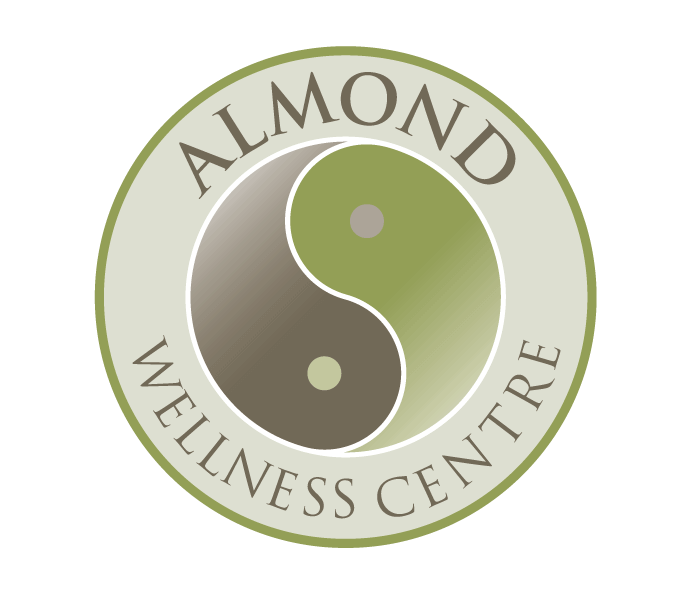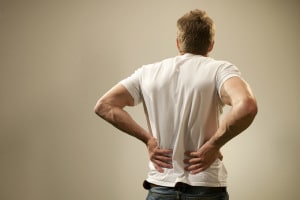Are you experiencing pain that radiates from your back all the way down to your leg and calf? Does the pain intensify when you are sitting?
If so, you may be dealing with a condition known as sciatica.
What is sciatica?
Sciatica refers to the pain originating from the sciatic nerve.
It can manifest as a dull ache or a sharp, shooting pain. You may experience discomfort starting from your lower back and hip (buttocks), which then travels down your leg, reaching the back of your knee, calf, and even extending to your foot. The sensation can resemble a burning feeling, shooting pain, or persistent tightness that persists despite treatment or rest. While lower back pain is a common symptom, it is possible to have no back pain at all. Sciatica can be a challenging condition to address, often unresponsive to conventional painkillers or other complementary treatment methods.
Acupuncture has been proven to be an effective conservative treatment option for relieving sciatica pain.
Main symptoms of sciatica
The main symptoms of sciatica include:
- Lower back pain, or the absence of lower back pain.
- Aching or burning pain in the buttock.
- Pain in the back of the thigh (hamstring).
- Radiating pain that extends to the calf, ankle, and foot.
- Pins and needles sensation in the buttock, hamstring, calf, or foot.
- Heightened pain during activities such as lifting, straining, or coughing.
- Weakening of the leg and foot muscles.
If you are experiencing two or more of these symptoms, there is a possibility that you may have sciatica pain.
Risk factors of sciatica
There are several risk factors associated with sciatica. Individuals who have experienced back injuries, particularly those resulting from overexertion or sports-related activities, are at an increased risk. Additionally, the following groups of people may be more susceptible to developing sciatica:
- Individuals with manual labor jobs that involve heavy lifting.
- Those who engage in repetitive physical tasks.
- People who spend prolonged periods sitting without taking breaks to walk or stretch, such as individuals with sedentary jobs like driving or office work.
While sciatica commonly affects men and the elderly, it can be a concern for individuals of any age or gender.
What causes sciatica?
The primary cause of sciatica is the compression or pressure on the sciatic nerve, leading to pain and discomfort.
The sciatic nerve, which is the longest nerve in the body, originates in the lower back, passes through the hip joint, and extends down to the back of the knee. At the knee, the nerve branches into two main parts: one travels down the back of the calf, while the other runs down the side of the calf. This is why individuals often experience pain originating from the lower back and radiating down the leg.
It’s worth noting that some individuals may only experience pain that radiates from the buttock down to the leg, without any accompanying lower back pain.
Causes for pressure on sciatic nerve:
There are several causes that can lead to pressure on the sciatic nerve:
- Bulging or prolapsed discs: The discs, located in front of the nerve where the sciatic nerve emerges, can bulge or slip, exerting pressure on or narrowing the nerve passageway. This increased pressure often results in pain. Acute or chronic injuries are common triggers for this condition.
- Piriformis syndrome: The piriformis muscle, located in the buttock region, intersects with the sciatic nerve. Depending on the individual, the sciatic nerve can run above, through, or under the piriformis muscle. If the piriformis muscle compresses the sciatic nerve, it can cause sciatica pain. This syndrome often occurs after prolonged sitting or sports injuries.
- Osteoarthritis: This condition is more prevalent in older patients, as the discs start to degenerate with age. Consequently, the bones move closer together, narrowing the pathway through which the nerve exits.
- Prolonged sitting: The sciatic nerve passes through the hip joint, traversing the buttocks and down the back of the leg. Extended periods of sitting can put pressure on the sciatic nerve, leading to reduced blood circulation, nerve compression, and pain. Symptoms of this compression may include pins and needles sensation, lower back pain, stiffness, and leg fatigue.
Acupuncture for sciatica, how does it work?
At Almond Wellness Centre you may be treated with one or more of the following techniques according to your condition. The treatments for your sciatica include:
Acupuncture/electroacupuncture
You may have a few very fine needles put in the points on your lower back or/and along the sciatica nerve. These points can direct deep stimulation of the injured area with pinpoint accuracy to alleviate pain. Sometime you may have electroacupuncture to stimulate the local area and relieve the pain.
How does acupuncture help sciatica?
There are lots of research found that acupuncture/electroacupuncture help effectively relieve sciatica pain.
Acupuncture helps sciatica through:
- Increase blood circulation;
- reduce inflammation of the sciatica nerve and surrounding tissue;
- Acupuncture also has direct effect of reducing pain;
Often you may have instant pain relieve after acupuncture/electro-acupuncture treatment.
Tui Na (Chinese remedial massage)
Tui Na Chinese remedial massage uses the traditional unique manual skills including rubbing, kneading, grasping, and rolling. Tui Na helps soften and loosen the muscles to alleviate muscle tension and to improve circulation. Tui Na also uses special stretching techniques to loosen the possible compression of the root of sciatica nerve.
Heat lamp/moxibustion
The application of heat to the area and to specific acupuncture points to increase blood circulation through the area.
Chinese herbal medicine
- External application of Hua Tuo patches, Zheng Gu Xue
- Su Jin Tang to tonify blood and nourish tendons
- Tao Hong Si Wu Tang – herbal pills traditionally used to improve blood circulation.
Exercises
The exercise regimen consists of both stretching exercises and strengthening exercises.
Stretching Exercises:
These exercises aim to reduce muscle spasms and alleviate pain. Additionally, stretching exercises enhance circulation, including both blood and lymphatic circulation. Improved circulation facilitates the removal of toxins and increases the flow of blood and nutrients to the affected area, promoting faster recovery.
Strengthening Exercises:
The focus of strengthening exercises is to develop and strengthen core muscles and gluteal muscles, which play a vital role in stabilising the spine and hips. By engaging in these exercises, you can build up these important muscles, preventing the recurrence of pain and ensuring long-term relief.
How often do I need acupuncture for sciatica?
The frequency of acupuncture sessions for sciatica depends on the severity of your symptoms.
During the acute stage of sciatica, it is often recommended to have acupuncture treatments twice a week. As your pain improves, the frequency can be reduced to once a week or less. In general, after about five visits, you may experience significant improvement in your symptoms. A treatment course typically consists of up to ten sessions.
While you may experience immediate pain relief after each treatment, it is important to remember that resting, engaging in prescribed exercises, and following other management techniques are crucial even when you are not undergoing acupuncture treatment. These complementary measures contribute to overall pain management and long-term recovery.
Other advices for sciatica pain
During your visit, your practitioner will provide personalised advice to assist with your sciatica pain. In addition to their recommendations, here are some general tips to aid in your recovery and help prevent re-injury:
- Resting: Reduce or avoid activities that aggravate your symptoms. Allow your body time to rest and heal.
- Ice pack application: Applying an ice pack to the lower back or buttock area can help alleviate acute pain. Use it for short periods, typically 15-20 minutes, several times a day.
- Water exercises: Consider engaging in hydrotherapy or water aerobics. The buoyancy of water can relieve pressure on the sciatic nerve and facilitate gentle movement and exercise.
- Back brace usage: In cases of acute lower back injury, using a back brace for a limited period may provide support and stability. However, it is generally recommended to use a back brace for no more than one week. Consult with your practitioner for specific guidance.
Remember to consult with your practitioner for personalised advice and to ensure the recommendations align with your specific condition and needs.
Almond Wellness Centre Coburg and Ringwood clinics
Almond Wellness Centre located in Victoria’s Coburg and Ringwood area, is a multidisciplinary clinic dedicated to promoting wellness. At our clinics, we emphasise the importance of comprehensive healthcare that considers the entirety of an individual. Our approach involves treating each person as a unique individual, taking into account their lifestyle, diet, environment, emotions, and attitude.
As each person is different, if you or someone you care about is experiencing sciatica pain and would like to explore the potential benefits of Chinese medicine acupuncture, please don’t hesitate to contact us. Our fully qualified registered acupuncture Chinese medicine practitioners in both Coburg clinic and Ringwood clinic are here to provide information and assistance. We will assess your specific condition, take into account your medical history, and develop a treatment plan tailored to your needs.

